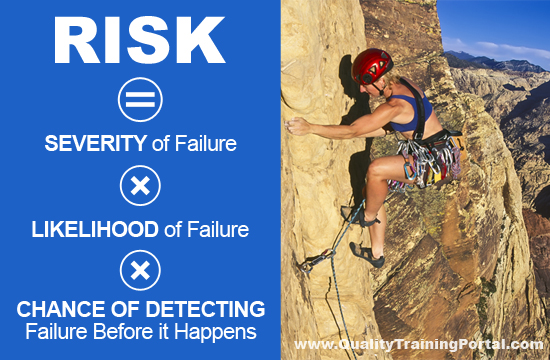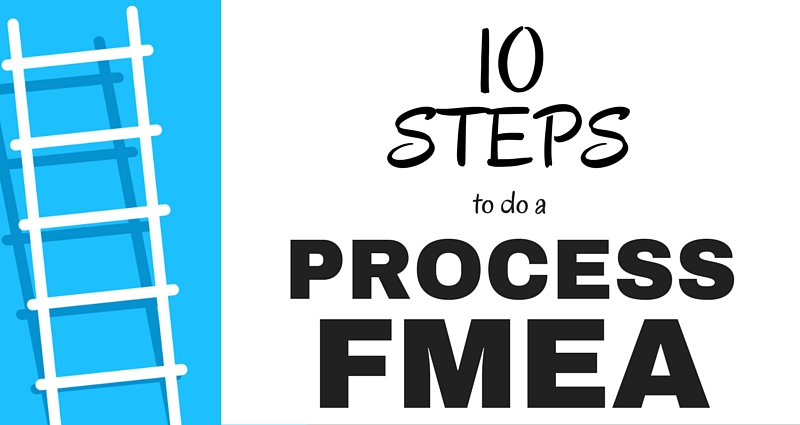While the basic steps for conducting an FMEA are the same regardless of the focus of the FMEA, some of the tactics are different if it is a DFMEA or PFMEA. This table highlights the key differences between the two.
| Criteria | DFMEAs | PFMEAs |
| Primary Objectives | To uncover potential failures associated with the product that could cause:
|
To uncover potential process failures that can:
|
| The basis of the review | A blueprint, detailed product schematic or prototype. | A process flowchart or detailed traveler. |
| How potential failures of intended functions are evaluated | Identifying and assessing potential risks of the design requirements. | Identifying and assessing potential risks with process operating parameters and meeting product specifications. |
| The evaluation criteria for Detection ratings usually focuses on: | An evaluation of the ability of design controls (related to the product or process) to prevent or detect mechanisms of failure. | An evaluation of the ability of process controls (mistake-proofing, fail-safes, gages) to prevent a failure mode (or cause) from occurring or detect the effect of a failure if a failure has occurred. |
 ---FMEA-Training.com Articles by Resource Engineering, Inc. are licensed under a Creative Commons Attribution-NonCommercial-NoDerivatives 4.0 International License. Permissions beyond the scope of this license may be available by contacting us.
---FMEA-Training.com Articles by Resource Engineering, Inc. are licensed under a Creative Commons Attribution-NonCommercial-NoDerivatives 4.0 International License. Permissions beyond the scope of this license may be available by contacting us.







